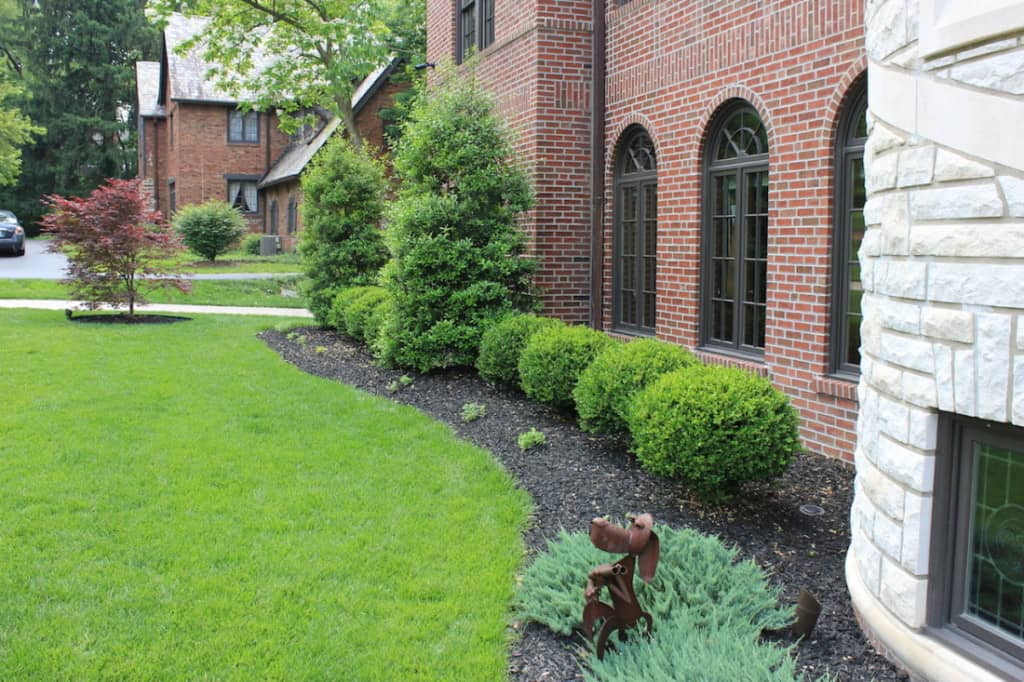
When living in the Midwest, you could need to wear a sweatshirt one day and a tank top the next.
Although it’s rare to experience unrelenting, miserably suffocating heat all summer long, it is normal to have several weeks of scorching heat in between rainstorms.
Unfortunately, those few scorching weeks may be long enough to heat-shock your plants. Depending on how hearty your plants are, the recovery time of your plants can vary. In order to keep your landscape in its best condition, you need to take the necessary precautions during warmer weeks to protect your plants.
Doing your Research
Being prepared for sky-rocketing temperatures or high humidity greatly benefits your plants in two main ways. By paying attention to the anticipated forecast, you can plan what plants to add in your yard when landscaping. In addition to knowing what to plant, you can prepare for fluctuating temperatures and protect your plants’ longevity.
Water Protection
If your area has heat waves predicted in the near future, there are many different precautions that you can take. When preparing for heat waves, the first thing to know is your area’s water restrictions. If your town has strict water restrictions, you won’t be able to protect your plants through water use. If you aren’t restricted by water limits, you have a few more options to help keep your plants happy and healthy under the scorching sun.
Water Tips and Tricks
If your area is restricted by water, look into adding mulch to your yard. Mulch is a great way to protect your plants’ roots from the sun and to trap in moisture, which is a great benefit when you don’t have excess water to use.
Watering your yard in the early morning or late evening will help minimize water loss due to evaporation. If you live in a water-restricted area, water your plants deeply and occasionally, as it encourages plants to grow deeper roots, which can reach cooler soil.
Another way to beat water restriction is to use a seaweed-extract based liquid fertilizer. This treatment helps keep your plants healthy by reducing the effects of heat-shock and drought. It can also help create a fertile lawn for future planting purposes.
Building a Shade
If your lawn is constantly subjected to scorching sunlight, adding a shade cloth to cover your plants can help minimize wilting and water evaporation in the soil. Make sure to only shade plants for a short period of time – or during the hottest part of the day – as plants can quickly become less sun-tolerant, meaning that normal sun exposure could be enough to stress the plants.
For more information about lawn care, visit our homepage!